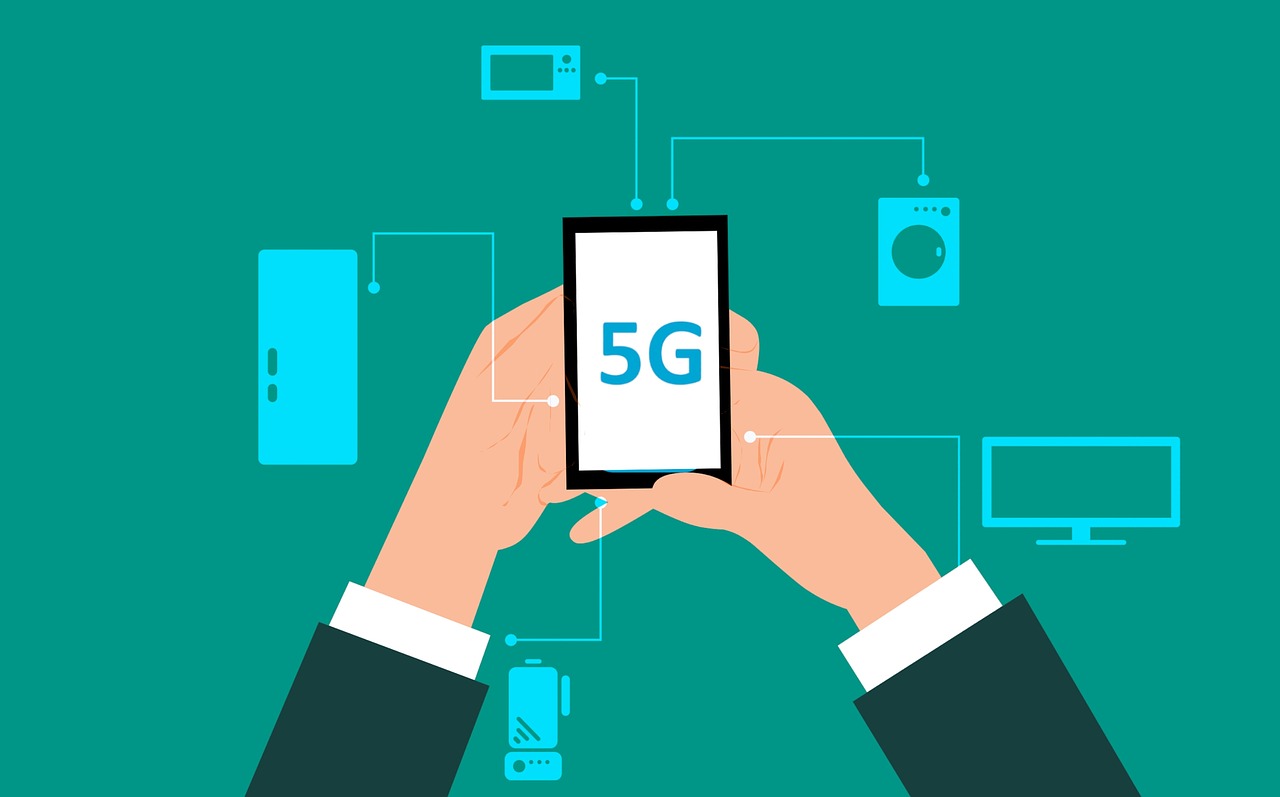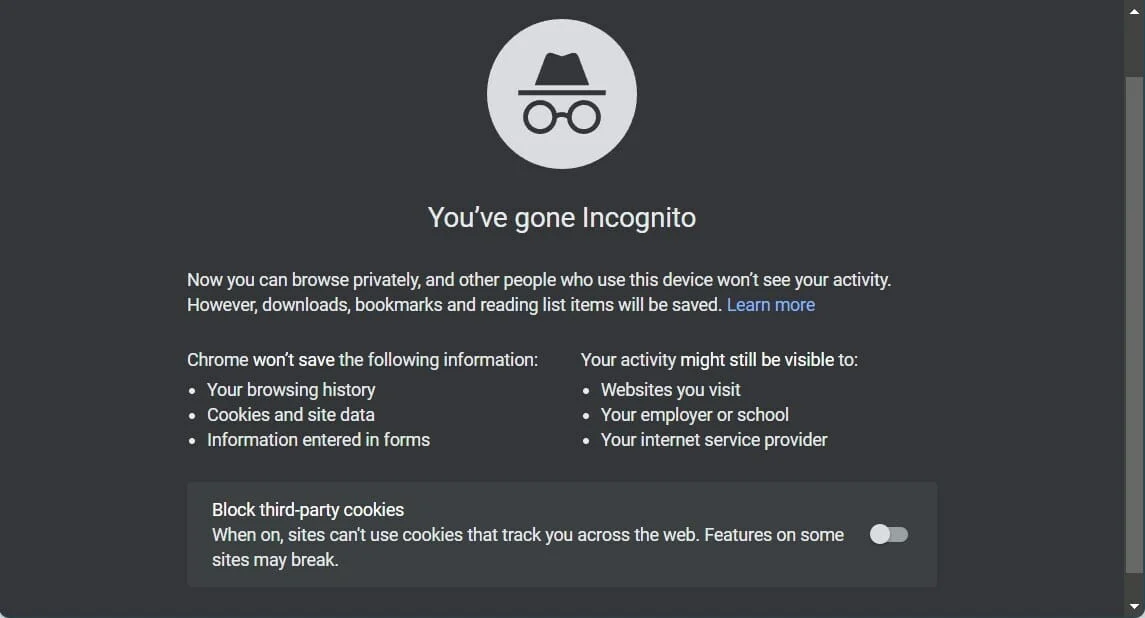Access to the Internet is an important part of our connected world. It provides access to information, community, and opportunities.
The challenge to ensure affordable internet access persists. This creates disparities which hinder the progress of society.
The article offers ten tips that can be used to close the gap between affordable and high-speed internet.
These strategies, which range from advocating policy changes to using community-driven projects, aim to empower communities and individuals to connect with the digital world.
Why is Internet Accessibility Important?

Internet accessibility affects many aspects of our daily lives. It is more than just convenience.
Internet accessibility is important because it’s a portal to education, information and career opportunities.
Digital connectivity is essential in an age where communication, education and business are dominated by digital platforms.
Internet access empowers people by providing them with a learning platform, economic opportunity, and inclusivity.
The internet is an innovation catalyst, as it enables collaboration and ideas to be exchanged on a worldwide scale. Internet accessibility has become a keystone for progress and equality.
In addition, caring for internet accessibility also means accepting its role in closing socio-economic divides.
In order to reduce disparities, it is important that people from different backgrounds are given equal access information and resources.
Internet accessibility is more than a technical concern. It is also a social imperative.
What is the Best Way to Achieve Affordable Internet Access?

Encouragement and Subsidies from the Government
The government’s support is crucial in providing affordable access to the internet. Communities can influence internet service providers by advocating incentives and subsidies. The government plays a key role in creating a policy that encourages ISPs, especially in economically depressed areas, to offer affordable plans.
Maryland ACP Program also demonstrates the importance of the government’s support as it promotes initiatives to enhance internet access at an affordable price, contributing towards the connectivity and digital inclusion goals in Maryland.
Localized Community Networks
Initiatives driven by the community, like establishing local networks empower residents to control their Internet connectivity. Communities can lower costs, increase accessibility and foster a feeling of self-reliance by promoting and sustaining these localized networks.
Leverage Public-Private Partnerships
Partnerships between the public and private sectors are crucial to expanding internet access at an affordable price. Collaborations between private ISPs and government agencies can result in shared resources, lower infrastructure costs and more investment into underserved regions. The synergy created by these partnerships benefits both sectors, and increases internet affordability.
Support Internet programs for Low-Income Families
ISPs often offer low-income families special offers. By supporting and promoting such initiatives, individuals with financial limitations can still have access to the internet. The programs are often accompanied by reduced prices, discounts on equipment or subsidised installation fees.
Encourage competition in the Broadband Market
A healthy competition between broadband providers can be a powerful tool for cost reduction. Encouragement of competition in the market prevents monopolies and encourages providers to provide more affordable packages to retain or attract customers. The lower price is not the only benefit to consumers. Innovation and better service are also encouraged.
Digital Literacy Programs Advocate
Digital literacy is key to maximizing internet affordability. Communities can educate residents on the best ways to navigate and compare plans.
Alternative Connectivity Solutions
It is important to explore alternative solutions for connectivity, such as satellite or fixed wireless options in areas that may have difficulty implementing traditional broadband infrastructure. They can be cost-effective solutions to expand internet access in underserved or remote areas.
ISPs must provide transparent pricing
It is important for internet service providers to provide transparent pricing so that consumers can make an informed decision. Encourage ISPs, as well as any other fees and charges, to provide a clear outline of their pricing structure. This promotes competition, and allows consumers to select plans which are in line with their budgets without being surprised by unexpected costs.
Encourage Public Wi-Fi Access
Many people can afford to use public Wi-Fi in places like parks, libraries and community centres. By advocating for an expansion of Wi-Fi in public spaces, you can provide communities with low-cost or free internet access.
Participate in community education and outreach
It is vital to raise awareness of the benefits of internet connectivity. Communities can engage in educational programs to empower their residents and give them the skills they need to understand the digital world, encouraging a wider participation of the internet.
Conclusion
To achieve affordable internet access, a multi-faceted approach is required that includes advocacy, community involvement, and strategic partnership. These ten tips can help communities overcome social and economic barriers to foster an inclusive digital environment. Affordable internet access is more than just a way to connect. It opens the door for education, employment and social involvement, so that no community gets left behind.




